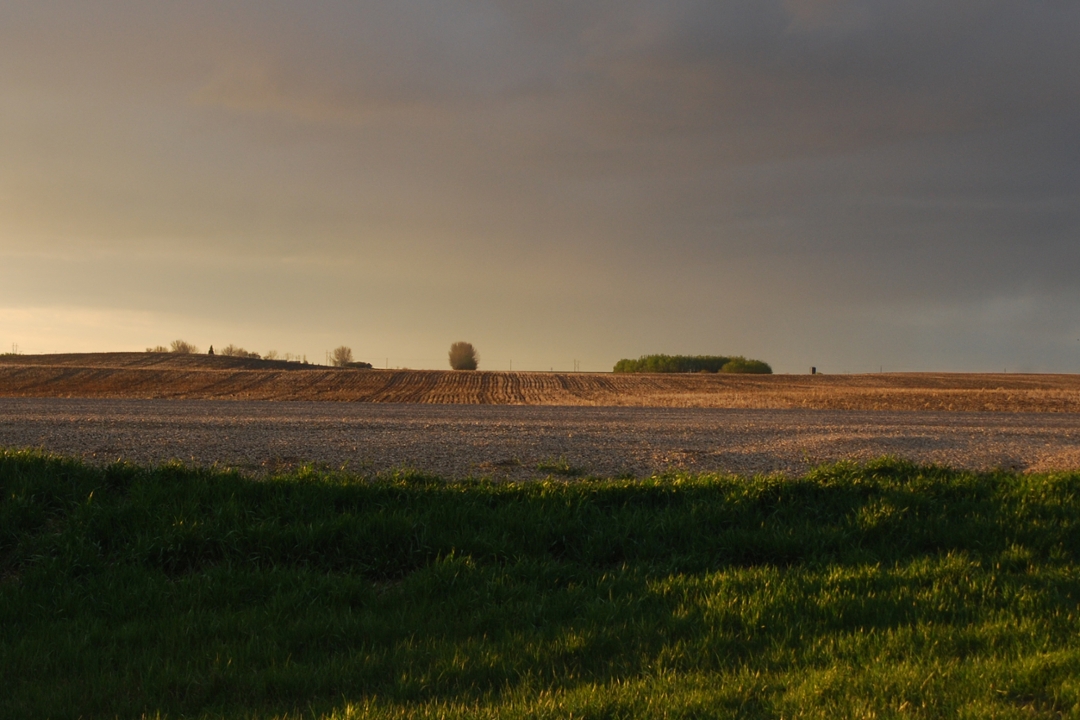
U of S researchers exploring soil ecosystems, biomedical coating
University of Saskatchewan (U of S) researchers have been awarded close to $1.5 million by the Natural Sciences and Engineering Research Council of Canada (NSERC) for collaborative projects that will improve the durability of biomedical implants and increase understanding of how land use and climate affect soil in agricultural areas.
“This major investment enables our talented scientists and engineers to work in partnership with industry and government to find innovative solutions for improving human and environmental health,” said Karen Chad, U of S vice-president research. “These outstanding projects will also advance research and training opportunities for more than 20 graduate and undergraduate students, as well as other research personnel.”
Angela Bedard-Haughn, professor in the College of Agriculture and Bioresources, will receive $852,036 over three years from NSERC, as well as in-kind support from Agriculture and Agri-Food Canada’s Swift Current Research and Development Centre.
Bedard-Haughn’s team, which includes soil scientists and agricultural economists, will examine several innovative indicators of soil change across ecological and land use transition zones—such as between mixed grasslands and aspen parklands—to develop a short-term test for long-term soil resilience.
“We know that soils help purify water, cycle nutrients and store carbon, but it’s not known whether there is a tipping point for these soil functions that are so critical for the sustainability of agricultural landscapes,” she said. “Through this project, we’ll look at how soils in transition zones might respond to land use changes and climate change, and seek to quantify the net costs and benefits of particular land uses such as crop land versus pasture.”
The project will involve seven graduate students, six undergraduates, a post-doctoral fellow, and a technician.
For the full story, visit the University of Saskatchewan's news site.

